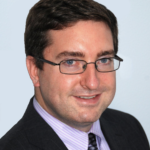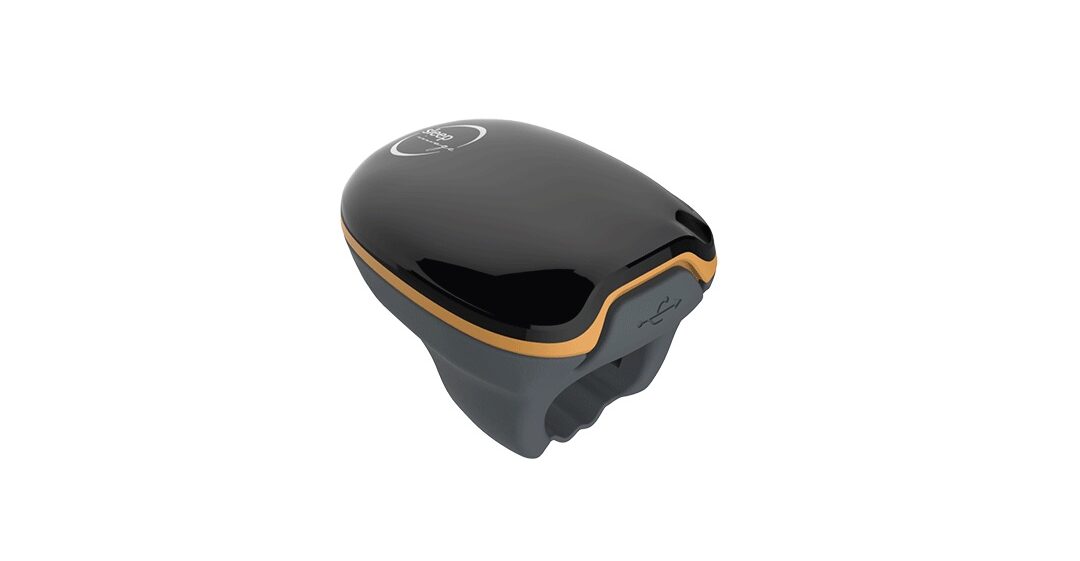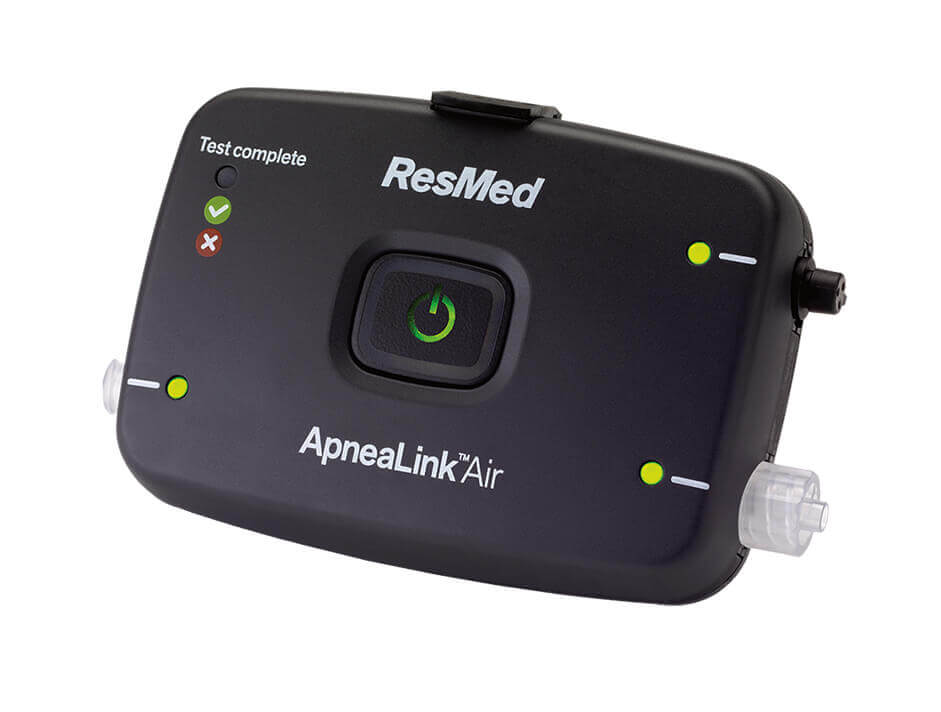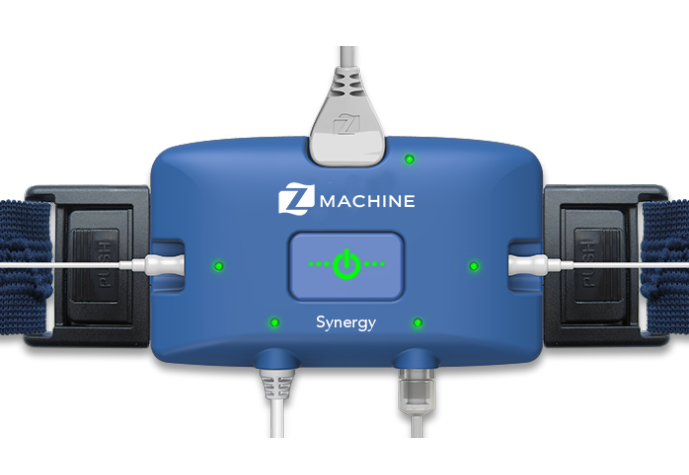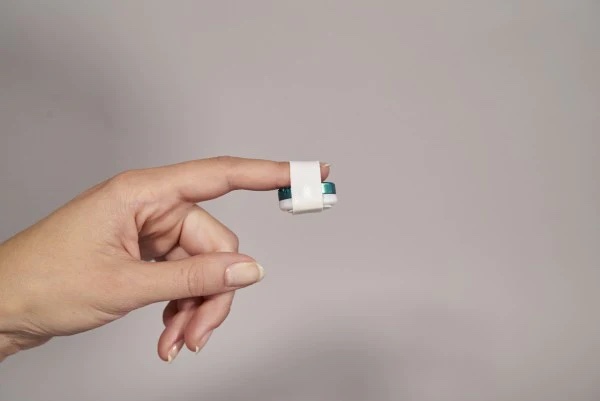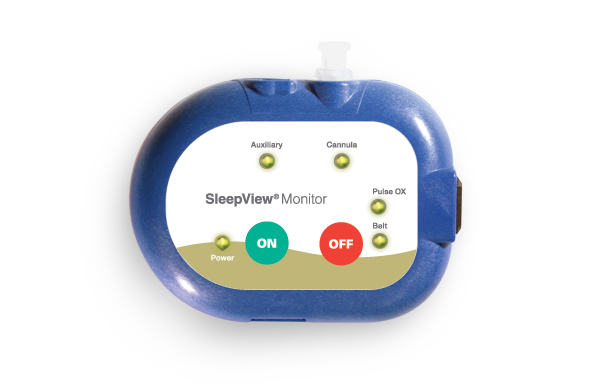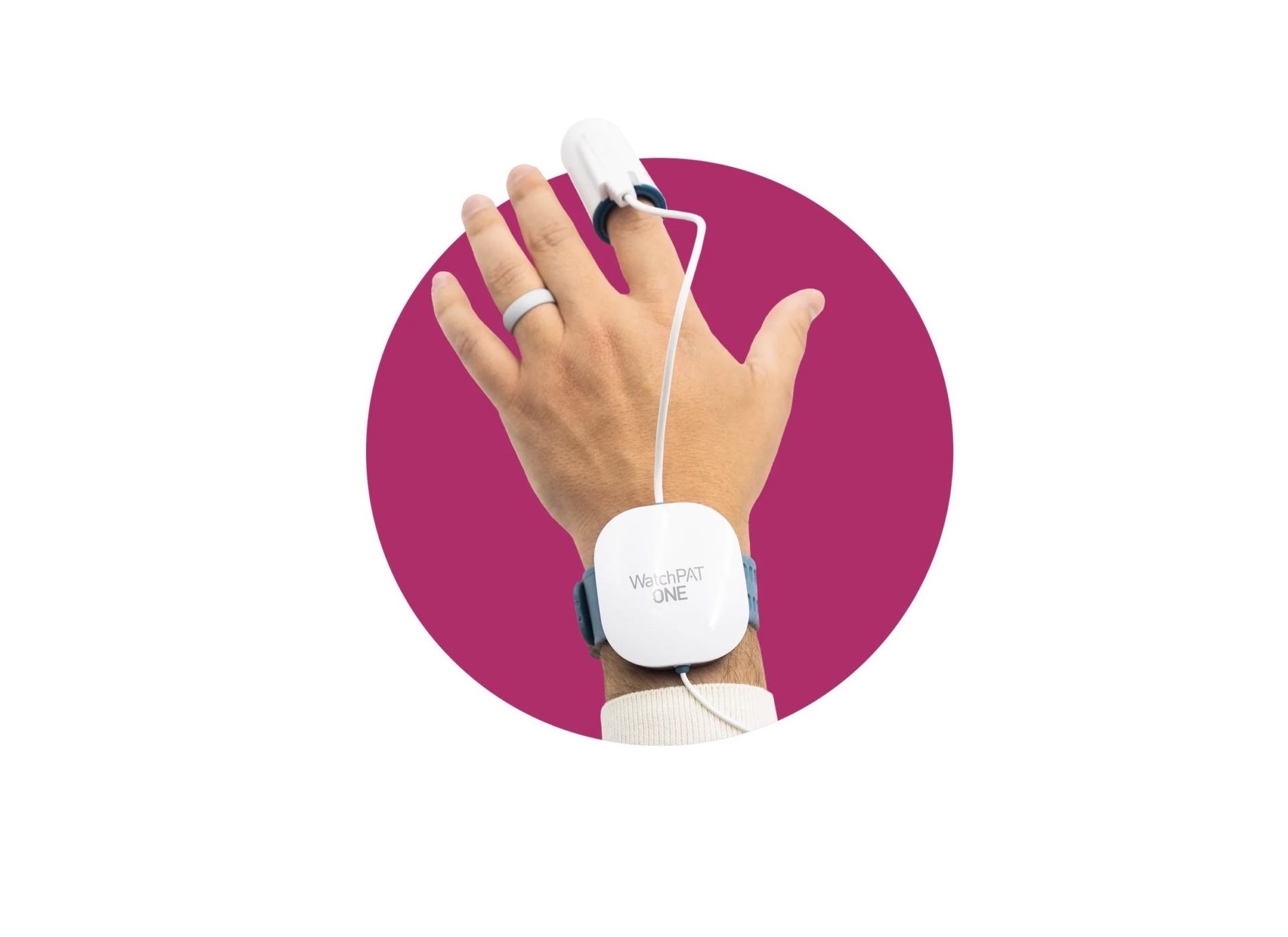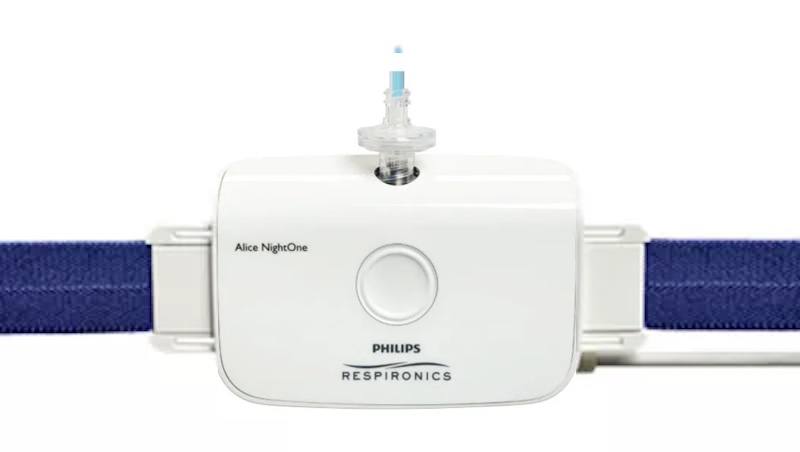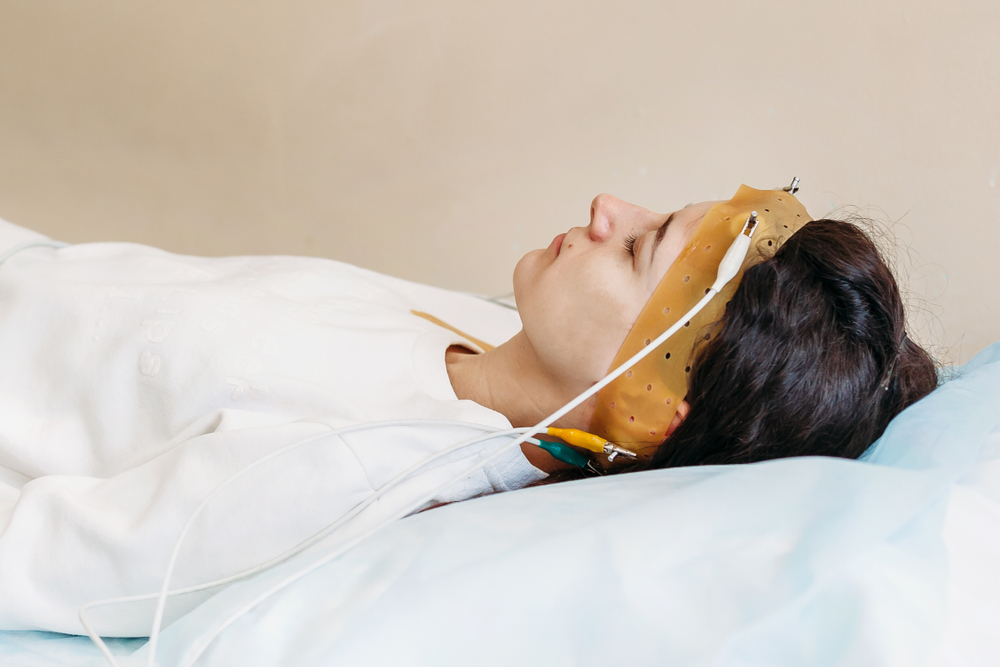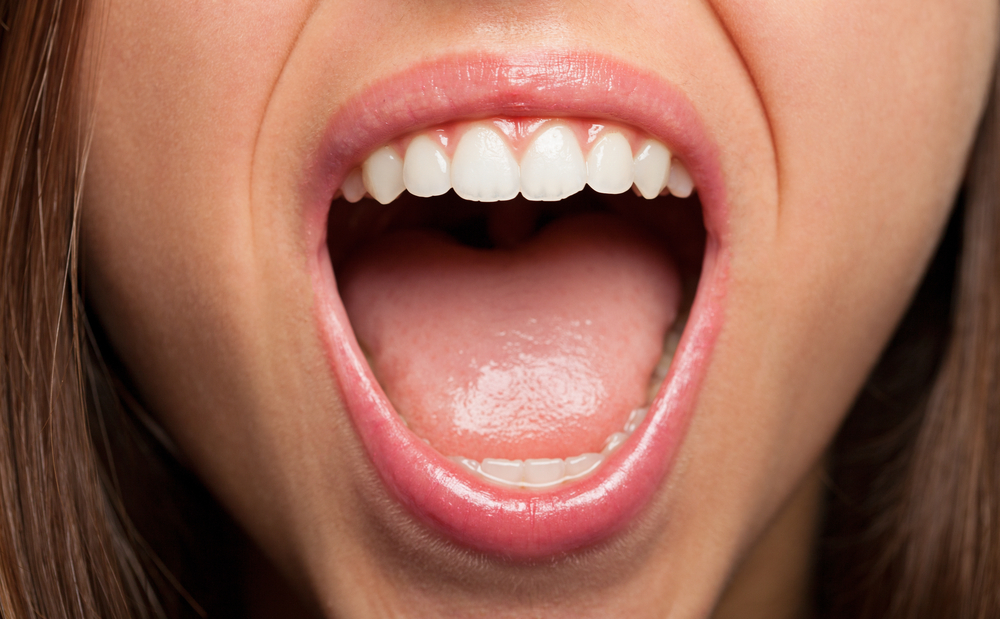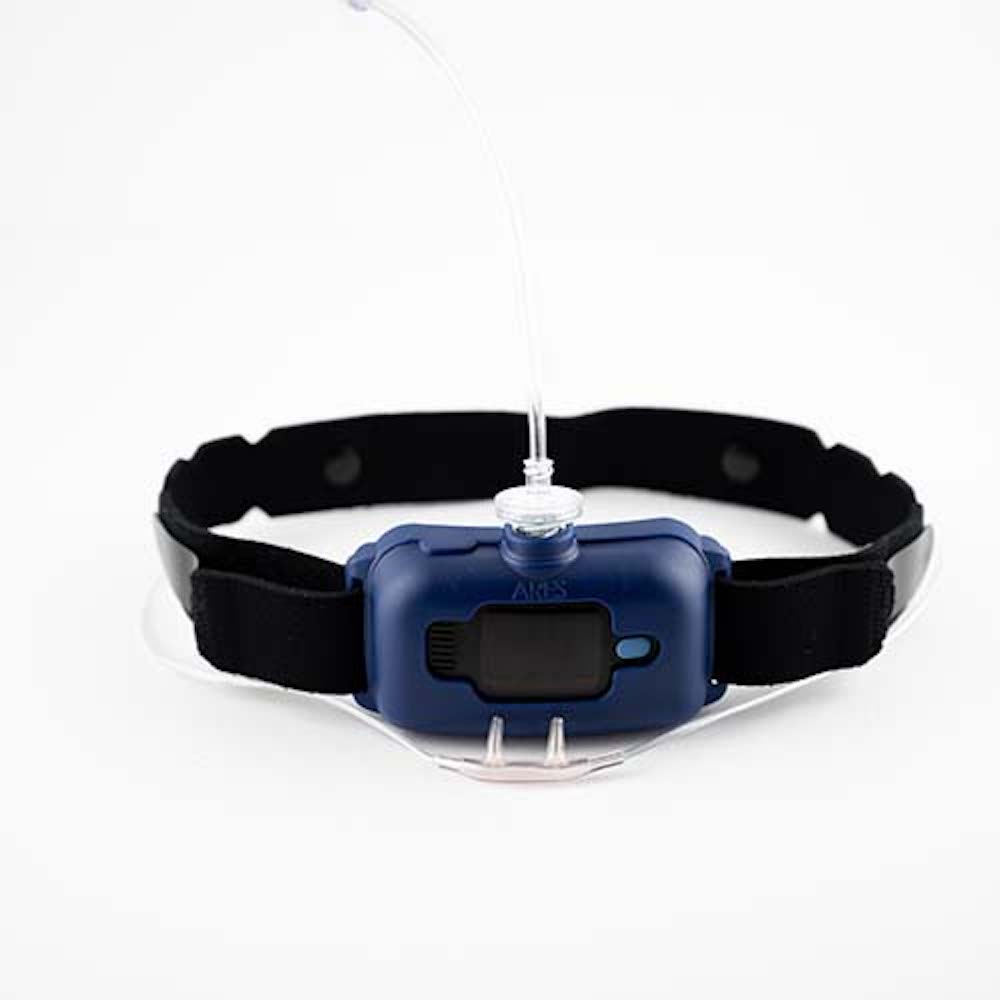Obstructive sleep apnea (OSA) is a common sleep-related breathing disorder that occurs when a person's upper airway partially or completely collapses repeatedly during sleep, causing their breathing to briefly slow or stop.
Some health care providers use a simple visual test called the Mallampati score to help predict a person's likelihood of having obstructive sleep apnea. We describe how medical professionals use the Mallampati score and share information about other tools commonly used to diagnose the disorder.
What Is the Mallampati Score?
First described in 1985, the Mallampati score was designed to quickly estimate how difficult it may be to insert a tube into the throat of a patient before surgery. Over time, the Mallampati score has been modified and become a useful tool to predict the risk and severity of obstructive sleep apnea in both children and adults.
The Mallampati score assigned by a health care provider corresponds to which parts of the mouth and throat can be seen when looking into a person's open mouth while their tongue is sticking out.
While the original Mallampati score used a scoring system ranging from class 1 to class 3, the modified version includes a class 4. Some experts also use a modified Mallampati scale with a class 0.
- Class 0: The tonsils, uvula (tissue that dangles from the top of the throat), soft and hard palates (parts of the roof of the mouth), and epiglottis (a piece of cartilage just above the windpipe) are all visible.
- Class 1: The tonsils, uvula, and soft and hard palates are visible.
- Class 2: The soft palate and at least part of the uvula are visible.
- Class 3: The soft palate is visible.
- Class 4: Nothing beyond the tongue is visible.
Class 3 and class 4 Mallampati scores suggest a person has an airway that is narrower than usual. A higher Mallampati score corresponds to an increased chance of having obstructive sleep apnea. A higher Mallampati score also corresponds to increased OSA severity.
In adults, a person is twice as likely to have OSA with every point increase on the Mallampati assessment. In children, an increase of a single point in the Mallampati score means that a child has six times the chance of having OSA.
Diagnosing Obstructive Sleep Apnea
Although the Mallampati score may help predict a person's likelihood of having OSA, it's not a tool used to make an official OSA diagnosis. Instead, doctors and sleep specialists diagnose OSA using a sleep study or home sleep apnea testing.
Before ordering one of these tests, doctors generally ask questions to determine whether or not they think a person likely has OSA. They may inquire about symptoms, such as snoring, daytime sleepiness, or morning headaches. They may also take into consideration a person's body weight, age, and biological sex at birth.
Related Obstructive Sleep Apnea Tools
In addition to the Mallampati score, there are multiple other tools and measurements sleep experts commonly use with people who are suspected to have OSA.
- Body mass index (BMI): Doctors may determine a person's body mass index, because a higher BMI suggests an increased risk of having OSA. However, people with a normal BMI can still have OSA.
- Neck circumference: Doctors may measure a person's neck when they suspect OSA, since having a larger neck is more closely correlated with having OSA than obesity in general.
- Epworth sleepiness scale: This scale is a one-page list of questions that a doctor may ask to better understand how easily a person falls asleep during the day. The questionnaire helps determine if a person is experiencing low energy or excessive daytime sleepiness.
- Berlin questionnaire: The Berlin questionnaire includes questions about snoring, daytime tiredness, and high blood pressure. Higher scores on this scale indicate a higher risk of OSA, so doctors may use the measure to help determine who should undergo a sleep study or home sleep apnea testing.
- STOP-Bang questionnaire: A higher score on this questionnaire indicates a person faces a higher risk of having OSA. Questions relate to known OSA risk factors like snoring, tiredness, high blood pressure, BMI, age, and more.
- Oxygen desaturation index (ODI): Like oxygen saturation, the ODI is collected during some sleep studies and home sleep apnea testing. This measurement represents how many times during each hour of sleep, on average, blood oxygen level drops by a certain amount.
When to See a Doctor
If you are experiencing symptoms of obstructive sleep apnea, make an appointment with your doctor.
Common symptoms of OSA include:
- Loud snoring
- Choking or gasping for air
- Daytime sleepiness
- Morning headaches

